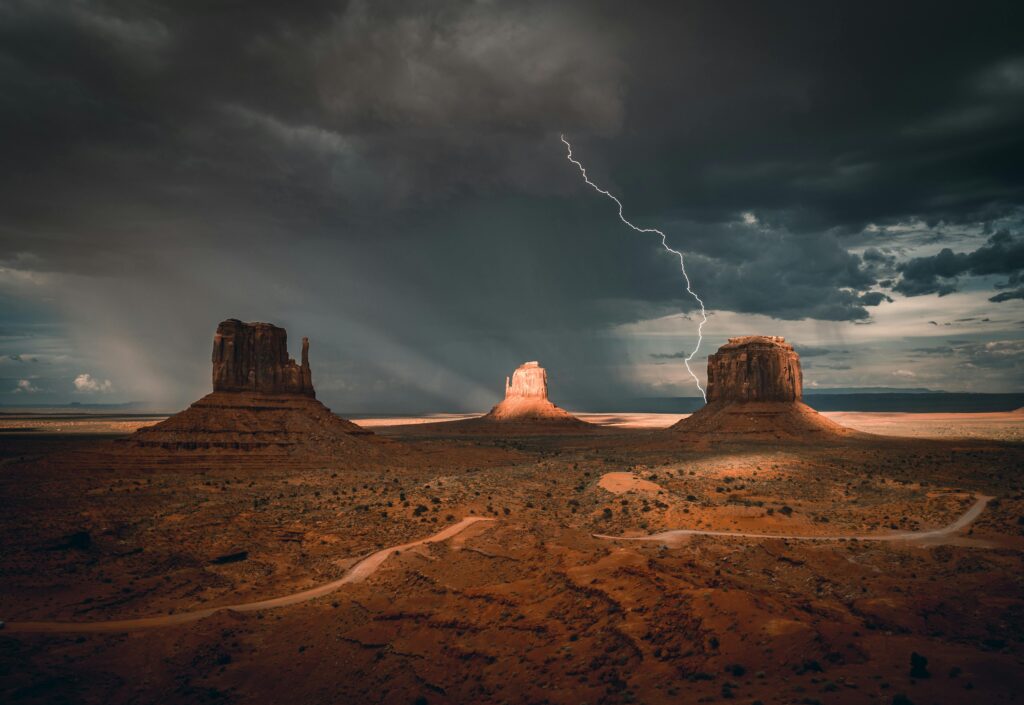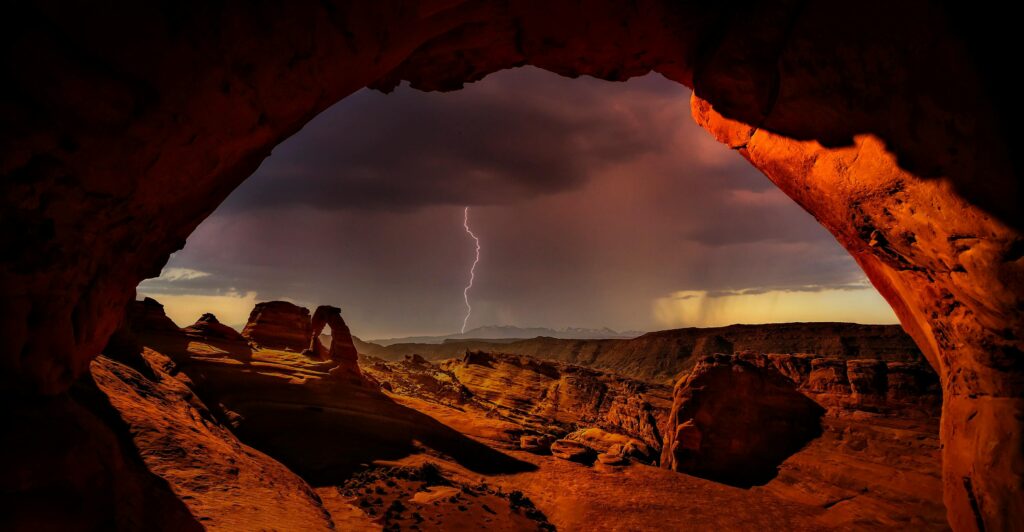Prospecting in Arizona During Monsoon Season: What You Need to Know
In Arizona, a single summer storm can transform a bone-dry desert wash into a raging river — and in the process, uncover fresh deposits of gold. For prospectors, the monsoon season brings both danger and opportunity. While heavy rains often mean flash floods and unpredictable weather, they also reshape gold-bearing washes, expose bedrock, and replenish areas that prospectors can work again. Whether you’re an experienced prospector or just beginning to learn about recreational gold mining in Arizona, understanding how to take advantage of monsoon conditions—while staying safe—is essential.

How Monsoon Rains Help Prospectors
When strong summer rains move across Arizona’s gold country, flash floods carry rocks, sands, and gravels downstream. This natural process strips away lighter materials and redeposits heavier minerals like gold into newly formed pay streaks. After a storm, areas that may have seemed thoroughly worked before can suddenly reveal new opportunities. Key benefits for prospectors include:
- Exposed bedrock: Heavy water flow can clear away overburden, opening up fresh cracks and crevices where gold may settle—prime spots for both metal detecting and prospecting in general.
- New pay layers: Fresh gravels in desert washes can contain redeposited gold.
- Improved detecting conditions: Moist ground improves conductivity, making metal detectors more effective.
Safety First: Respect the Weather
Arizona’s monsoon storms can be unpredictable and dangerous. Even if it’s not raining where you are, there may be a storm miles away upstream that sends water rushing down a wash without warning. Flash floods often travel long distances and can arrive suddenly, creating hazardous conditions. We’ve personally driven into remote areas where the road required crossing dry washes. On the way in, they were bone-dry, but by the time we returned, those same crossings had turned into flowing rivers—making it impossible to get back out. In some cases, we’ve had to wait hours for the water to recede before it was safe to cross again. For this reason, always check the forecast before heading out, avoid dry washes during storm activity, and never set up camp in a wash. Bring proper gear such as waterproof storage, extra water, and a reliable GPS or map. Respecting these precautions ensures you can focus on prospecting while minimizing risk.

Best Practices for Monsoon Prospecting
To maximize your success during monsoon season while minimizing risk:
- Explore areas where stormwater has cut new channels or shifted gravel bars.
- Focus on inside bends of washes, where heavier materials settle.
- Revisit claims or areas you’ve worked before—monsoon rains often create entirely new pay spots.
- Pay close attention to long, flat, shallow sections of washes, which are often replenished with fine gold and flood gold after the monsoon season.
- Look for freshly exposed bedrock that was previously covered with overburden, as these new surfaces can reveal untouched cracks and crevices where gold collects.
- After major storms, sample gravels at different depths. Floodwaters can redeposit fine gold in upper layers that weren’t previously productive.
Final Thoughts
Monsoon season in Arizona brings both opportunity and risk. For the recreational prospector, it’s one of the best times to revisit known gold-bearing areas and search for newly deposited material. By combining patience, good judgment, and a strong respect for the weather, you can make the most of this unique season while staying safe in the field. Patriot Mining Claims remains committed to providing prospectors with safe access to some of Arizona’s most productive districts. If you are interested in learning more about Arizona gold mining claims for sale, please feel free to reach out.



